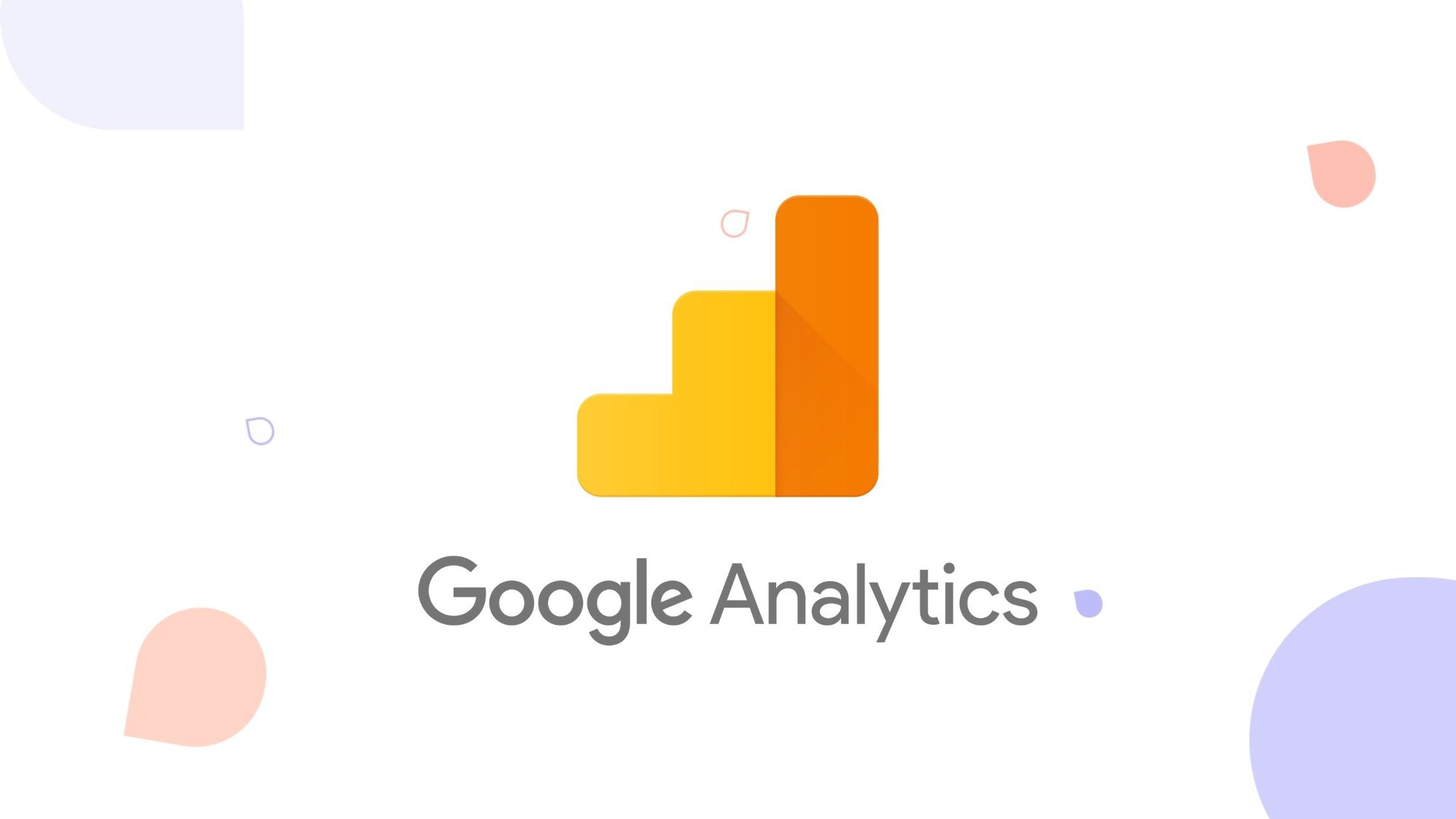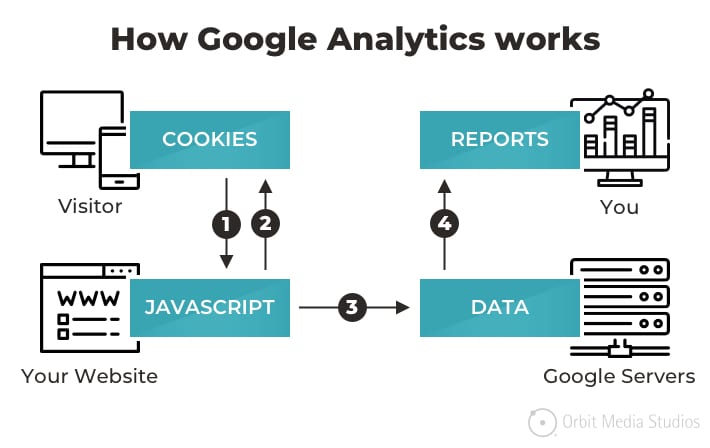Detailed Summary: What Info Google Analytics Does Not Permit for Collection
Detailed Summary: What Info Google Analytics Does Not Permit for Collection
Blog Article
Leveraging Google Analytics for In-Depth Insights Into User Habits and Engagement
In the electronic landscape where customer actions and interaction hold the vital to online success, leveraging tools like Google Analytics has actually become extremely important for businesses seeking to recognize their target market's interactions with their platforms. This advanced analytics platform supplies a wealth of information that can reveal elaborate information regarding how users navigate internet sites, engage with content, and inevitably convert - what data does google analytics prohibit collecting. By taking advantage of Google Analytics, companies can reveal useful understandings that surpass surface-level metrics, providing a comprehensive understanding of user habits and choices
Understanding User Habits With Google Analytics
Utilizing Google Analytics offers a detailed understanding of user habits on electronic systems. By analyzing information such as the number of site visitors, their geographical places, the pages they see, and the activities they take, companies can get beneficial understandings into exactly how users communicate with their web sites or applications. This details permits educated decision-making, enabling companies to maximize their online existence for enhanced customer experience and involvement.
One key element that Google Analytics helps to uncover is user traffic patterns. By tracking metrics like the source of traffic, recommendation web links, and prominent key words, businesses can determine what drives individuals to their platform. what data does google analytics prohibit collecting. This knowledge help in customizing advertising strategies to target certain demographics or interests properly
Additionally, Google Analytics offers thorough reports on user involvement, showcasing metrics like bounce rates, session periods, and conversion prices. Understanding these metrics offers useful feedback on the effectiveness of material, layout, and overall individual experience, empowering services to make data-driven renovations and drive better results. Essentially, Google Analytics works as a powerful device for understanding user actions and optimizing digital systems for success.
Studying Website Web Traffic Patterns
Understanding the flow of web traffic on a web site is essential for enhancing its efficiency and enhancing individual interaction. Assessing website web traffic patterns gives valuable insights into how individuals engage with the site, what web content they discover most appealing, and where they might be experiencing challenges. By leveraging devices like Google Analytics, website owners can track metrics such as web page views, unique visitors, bounce prices, and average session duration to acquire an extensive understanding of customer behavior.
In addition, analyzing the behavior circulation within the website can highlight preferred landing web pages, departure pages, and the most typical courses customers take with the site. Recognizing these patterns allows website proprietors to make informed decisions regarding web content positioning, navigation improvements, and overall website design to improve user experience and drive conversions.
Monitoring Individual Involvement Metrics
To deepen the understandings got from evaluating site traffic patterns, it is imperative to concentrate on monitoring user involvement metrics. Individual involvement metrics give valuable information concerning exactly how site visitors communicate with a web site, indicating the level of passion and satisfaction with the material. By tracking metrics such as Read More Here bounce price, ordinary session duration, web pages per session, and conversion rates, internet site proprietors can comprehend the performance of their web content and individual experience.
Conversion rates track the portion of visitors that complete a desired activity, such as filling or making an acquisition out a type, mirroring the performance of the website in driving user activities. By examining these user engagement metrics, site owners can make educated decisions to maximize their web content and customer experience to boost involvement and attain their objectives.
Identifying Conversion Opportunities
Determining possible conversion chances is a critical element of optimizing web site performance and attaining desired customer actions. With Google Analytics, organizations can reveal valuable understandings that can assist in recognizing areas where individuals are handing over or not proceeding to the desired conversion activities. By examining metrics such as conversion prices, landing page efficiency, and customer flow, businesses can identify possible bottlenecks in the conversion process.

Additionally, making use of Google Analytics' actions circulation attribute can give an aesthetic representation of just how users navigate with the website. This can aid in recognizing popular pathways along with any kind of roadblocks that might be preventing conversions. By leveraging these insights, services can optimize their website for enhanced individual experience and raised conversion rates.
Enhancing Individual Experience With Data-Driven Insights
By leveraging data-driven insights from Google Analytics, organizations can tactically maximize their internet site to boost individual experience and drive higher conversion rates. Comprehending customer habits through data analysis enables companies to customize their websites to satisfy the specific requirements and choices of their target market. By determining vital metrics such as bounce prices, session period, and preferred pages, businesses can obtain important understandings right into how individuals communicate with their website.
Google Analytics gives detailed details on user demographics, tools made use of, and even the specific actions handled the site. This data allows companies to make informed decisions on website layout, content positioning, and total individual circulation. By leveraging these understandings, companies can create a much more interesting and individualized user experience, resulting in increased contentment and loyalty.
Additionally, data-driven understandings can assist companies identify pain factors in the customer trip and implement targeted improvements to streamline the conversion procedure. By constantly evaluating and keeping an eye on individual actions, businesses can adjust and maximize their site to ensure a satisfying and smooth experience for visitors, eventually driving greater conversion prices and maximizing service success.

Final Thought
In conclusion, Google Analytics supplies useful understandings right into individual behavior and involvement on internet sites. By analyzing traffic patterns, tracking engagement metrics, and recognizing conversion chances, organizations can make data-driven decisions to boost the customer experience. Leveraging these insights can result in boosted site efficiency and enhanced conversions.
By tracking metrics such as bounce price, average session duration, pages per session, and conversion rates, web top article site proprietors can understand the effectiveness of their web content and customer experience.
Conversion rates track the portion of site visitors who finish a wanted activity, such as making a purchase or loading out a kind, reflecting the effectiveness go to this web-site of the web site in driving user activities. By analyzing these individual involvement metrics, web site owners can make educated choices to optimize their material and individual experience to improve interaction and attain their goals.
By leveraging these insights, organizations can enhance their site for improved user experience and boosted conversion prices.
By leveraging data-driven understandings from Google Analytics, businesses can tactically maximize their web site to improve user experience and drive higher conversion rates.
Report this page